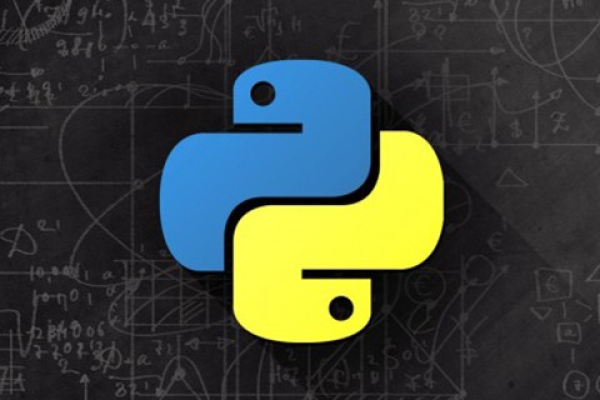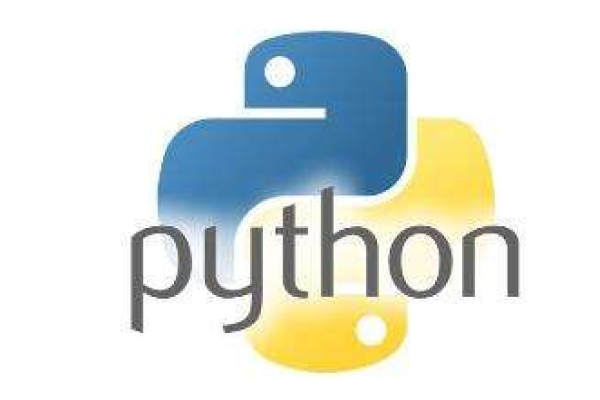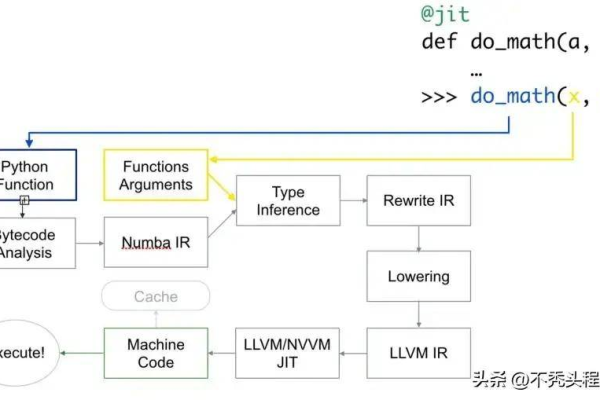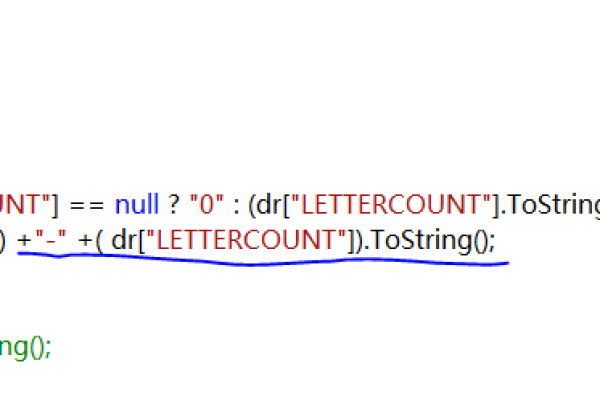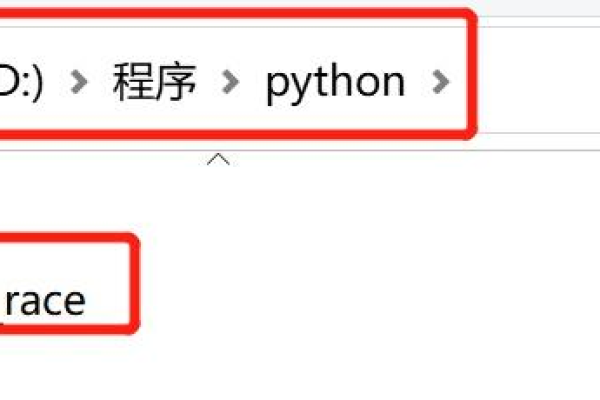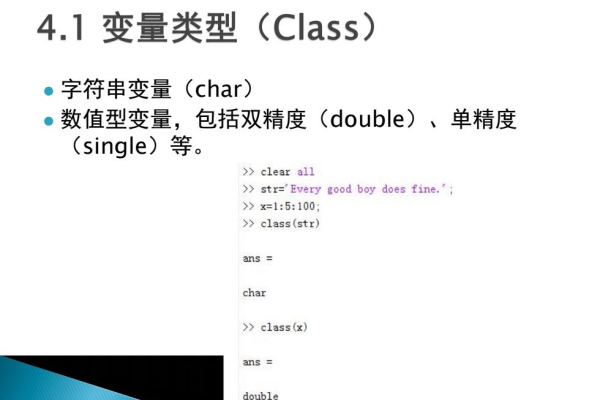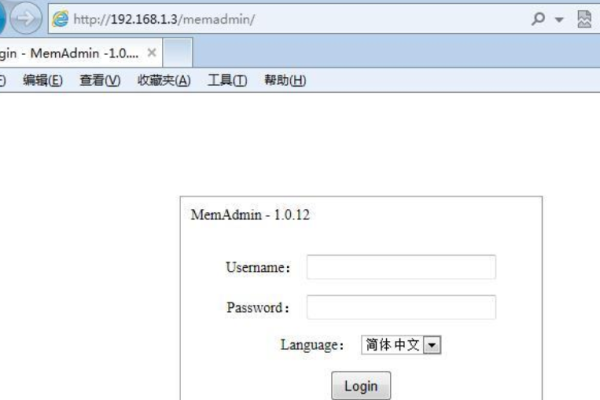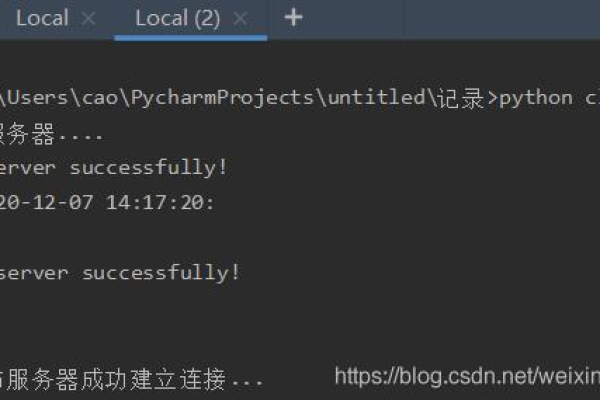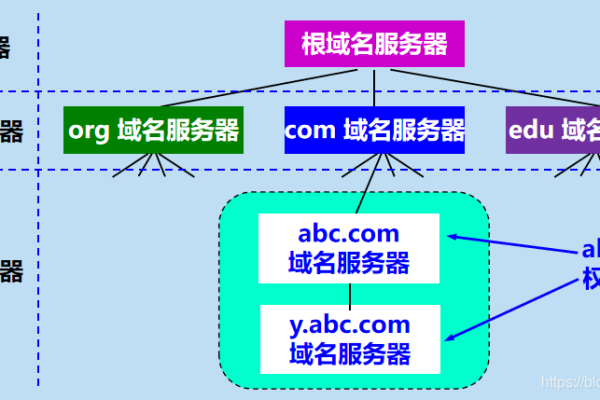python str类型
- 行业动态
- 2024-02-05
- 4038
Python中的str类型是字符串,用于表示文本数据,支持多种操作和函数。
Python中的str类型
在Python中,字符串(string)是一种基本的数据类型,用于表示文本信息,它是由一系列字符组成的,这些字符可以是字母、数字、标点符号或其他特殊字符,在Python中,字符串被表示为str类型。
创建字符串
在Python中,有多种方法可以创建字符串:
1、使用单引号或双引号括起来的文本:
s1 = 'hello' s2 = "world"
2、使用三个单引号或双引号括起来的多行文本:
s3 = ''' line1 line2 line3 ''' s4 = """ line1 line2 line3 """
3、使用f-string(Python 3.6及以上版本):
name = 'Alice'
age = 30
s5 = f'My name is {name} and I am {age} years old.'
字符串的基本操作
1、访问字符串中的单个字符:
s = 'hello' print(s[0]) 输出 'h'
2、获取字符串的长度:
s = 'hello' print(len(s)) 输出 5
3、拼接字符串:
s1 = 'hello' s2 = 'world' s3 = s1 + ' ' + s2 print(s3) 输出 'hello world'
4、格式化字符串:
name = 'Alice'
age = 30
s = 'My name is {} and I am {} years old.'.format(name, age)
print(s) 输出 'My name is Alice and I am 30 years old.'
字符串的常用方法
1、大小写转换:
s = 'Hello World' print(s.upper()) 输出 'HELLO WORLD' print(s.lower()) 输出 'hello world'
2、查找子串:
s = 'hello world'
print(s.find('world')) 输出 6
3、替换子串:
s = 'hello world'
print(s.replace('world', 'Python')) 输出 'hello Python'
4、分割字符串:
s = 'apple,banana,orange'
print(s.split(',')) 输出 ['apple', 'banana', 'orange']
字符串的格式化输出
在Python中,有多种方法可以实现字符串的格式化输出:
1、使用%操作符:
name = 'Alice'
age = 30
print('My name is %s and I am %d years old.' % (name, age))
2、使用str.format()方法:
name = 'Alice'
age = 30
print('My name is {} and I am {} years old.'.format(name, age))
3、使用f-string(Python 3.6及以上版本):
name = 'Alice'
age = 30
print(f'My name is {name} and I am {age} years old.')
相关问题与解答
1、如何在字符串中插入变量值?
答:可以使用f-string(Python 3.6及以上版本)或者str.format()方法实现。
name = 'Alice'
age = 30
print(f'My name is {name} and I am {age} years old.')
或者
print('My name is {} and I am {} years old.'.format(name, age))
2、如何将一个整数转换为字符串?
答:可以使用str()函数将整数转换为字符串。
num = 123 str_num = str(num) print(type(str_num)) 输出 <class 'str'>
3、如何判断两个字符串是否相等?
答:可以使用==操作符判断两个字符串是否相等。
s1 = 'hello' s2 = 'world' s3 = 'hello' print(s1 == s2) 输出 False print(s1 == s3) 输出 True
4、如何删除字符串末尾的空格?
答:可以使用str.rstrip()方法删除字符串末尾的空格。
s = 'hello world ' print(s.rstrip()) 输出 'hello world'
本站发布或转载的文章及图片均来自网络,其原创性以及文中表达的观点和判断不代表本站,有问题联系侵删!
本文链接:http://www.xixizhuji.com/fuzhu/305033.html
